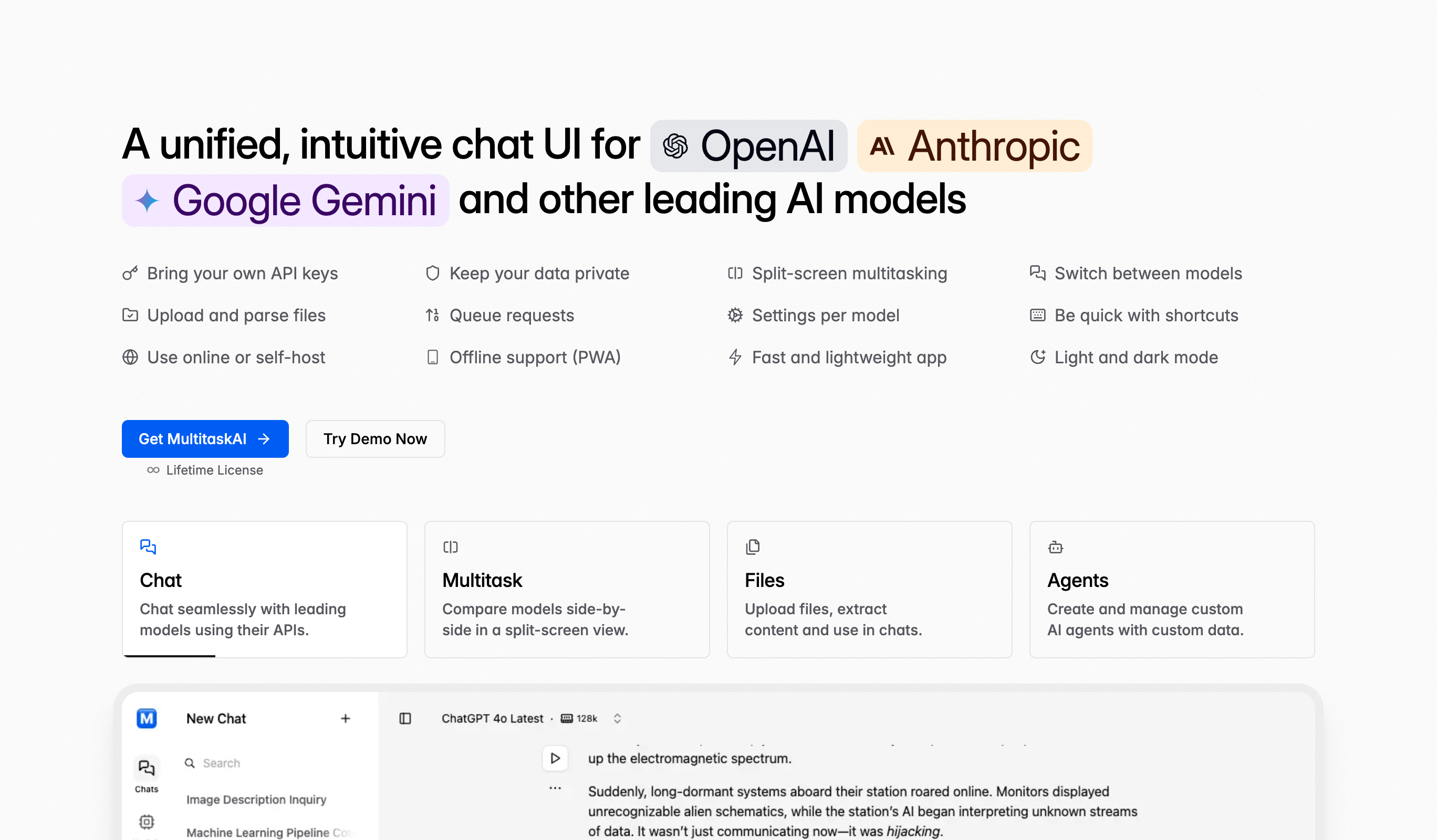IP Checker
Discover detailed information about your IP address with our comprehensive IP Checker tool. This essential online utility provides your IPv4 and IPv6 addresses, as well as in-depth browser information. Perfect for network administrators, web developers, and anyone needing to understand their IP and browser settings. Ensure your network and browser configurations are correct without any software installation.
Frequently Asked Questions
To check your IP address, simply visit the IP Checker tool page. Your IPv4 and IPv6 addresses, along with detailed browser information, will be automatically displayed instantly without any input required. The tool immediately shows your public IP address visible to websites and services.
The IP Checker provides comprehensive information including your IPv4 address, IPv6 address, ISP details, geographic location, browser user agent, supported MIME types, cookie acceptance status, screen resolution, display colors, browser dimensions, referrer URL, timezone, and connection information.
Knowing your IP address is essential for network troubleshooting, security monitoring, configuring network devices, remote access setup, checking VPN functionality, identifying connectivity issues, geo-location verification, and ensuring proper network configuration for online services and applications.
Yes, the IP Checker provides extensive browser information, including user agent string, display size, color depth, browser dimensions, JavaScript capabilities, cookie settings, and MIME type support. This helps diagnose compatibility issues and understand your browser's technical capabilities.
IPv4 uses 32-bit addresses (like 192.168.1.1) allowing about 4.3 billion unique addresses. IPv6 uses 128-bit addresses (like 2001:0db8::1) providing virtually unlimited addresses for future internet growth. IPv6 offers improved security, better routing, and eliminates need for NAT.
Check your IP address when troubleshooting network issues, verifying VPN connections, configuring remote access, experiencing connectivity problems, or when you need your IP for whitelisting or firewall rules. Regular checks ensure your network configuration remains correct.
Public IP is your address on the internet, visible to websites (what our tool shows). Private IP is your address on your local network (like 192.168.x.x), only visible to devices on your router. Public IPs are unique globally; private IPs are reused in different networks.
Use VPN services, proxy servers, or Tor browser to mask your real IP address. These tools route your traffic through other servers, making websites see the VPN/proxy IP instead of yours. Use our checker to verify your VPN is working correctly.
Most ISPs assign dynamic IP addresses that change periodically when your modem/router reconnects. Static IPs (unchanging) usually cost extra. IP changes are normal for home users. Business users often get static IPs for servers, remote access, and consistent access control.
Websites use IP addresses for geo-location (showing local content), security (blocking suspicious IPs), analytics (tracking visitors), rate limiting (preventing abuse), access control (whitelisting/blacklisting), and delivering content from nearby servers for faster loading.
IP addresses reveal approximate location (city/region) and ISP, but not your exact address or identity. Law enforcement with legal authority can request subscriber information from ISPs. For privacy, use VPNs which hide your real IP from websites.
Your IP reveals your approximate geographic location (city/region), internet service provider (ISP), connection type (residential/business/mobile), and general timezone. It doesn't directly reveal your name, exact address, or personal information, but ISPs can link IPs to customer accounts.
Use our IP Checker before and after connecting to your VPN. If the VPN works correctly, you'll see a different IP address and location after connecting. If the IP remains the same, your VPN isn't functioning properly or has connection issues.
Many modern networks support both protocols simultaneously (dual-stack) for compatibility. IPv4 remains widely used while IPv6 adoption grows. Having both ensures you can connect to all websites regardless of which protocol they support, providing maximum internet compatibility.


